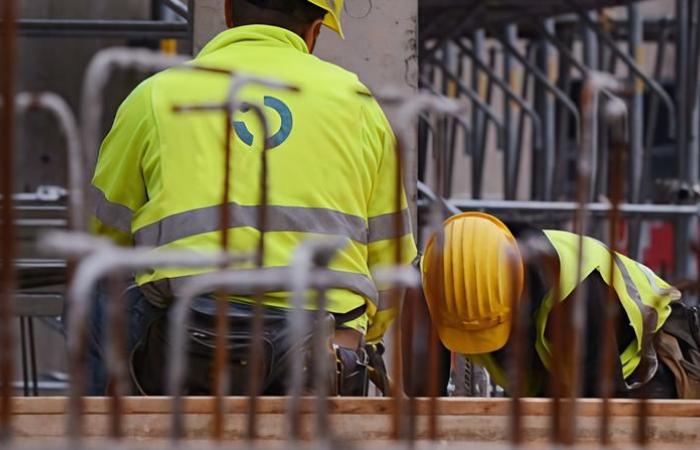The heat has health contraindications not only for fragile people, but also for those, such as construction workers, who have to work outdoors when the mercury rises too high. A problem that Stefano Tesi, head of Filca-Cisl Toscana in the Prato area, draws attention to. “Summer returns and the problem of high temperatures returns, which for years now have settled well above the seasonal average – he says –. Construction workers are among the categories most at risk of heat stroke because they are exposed to high temperatures for many hours of the day.” Tesi recalls that if “it is widespread practice for companies to use redundancy payments for rain” it is not the same for the heat for which “it is not used frequently”.
What does the relevant legislation provide? With circular 39 of 2016 and 1856 of 2018, INPS clarified that “businesses will be able to request recognition of the CIGO (ordinary earnings integration fund) when the thermometer exceeds 35° degrees centigrade. For the purposes of wage integration, however, perceived temperatures can also be considered suitable”. A directive that can lend itself to various interpretations, so much so that Filca Prato “makes itself available to discuss with companies in order to find solutions to protect workers regarding layoffs”. The trade unionist also puts forward concrete proposals to facilitate and improve working conditions in construction, especially on the safety front. “It would be appropriate to consider, when possible, bringing forward the working hours to ensure that the workers can work in the morning when the temperatures are lower and conclude when the temperatures become prohibitive – suggests Tesi – In cases where the temperatures do not reach the degrees expected to interrupt the activity, companies could evaluate the introduction of a ‘cooling break’, a short break to allow workers to replenish mineral salts and fresh water in refrigerated places”. Guaranteeing the health and safety of workers engaged in construction is a priority for Filca “also in consideration of the increase in the average age of workers, increasingly over 50, for whom it is necessary to review access to pensions”.
What is the construction trend in Prato? “The first quarter of 2024 saw the positive trend of the construction sector in the province of Prato confirmed – adds Tesi – The wage bill and the business volume are growing, which increased by 5.76% compared to last year. At the same time Registered companies are growing, with an increase of 2.40%, as are active workers, who are increasing by 4.99%”.
In 2023, construction did not do badly. “The sector benefited from a 5% growth thanks to investments in housing qualification and driven by tax incentives and bonuses – explains Tesi -. The first four months of 2024 were positively affected by the favorable wave of 2023, but for the rest of 2024 we can expect a contraction in the housing sector, which will be affected by the end of the benefits linked to bonuses and super bonuses”. On the personnel front, the union expects “an increase in employees in the public works sector in the Province as for the expansion of the hospital, for the doubling of the downgraded and for the start of work for the construction of the third lane on the A11”.
Sara Bessi






